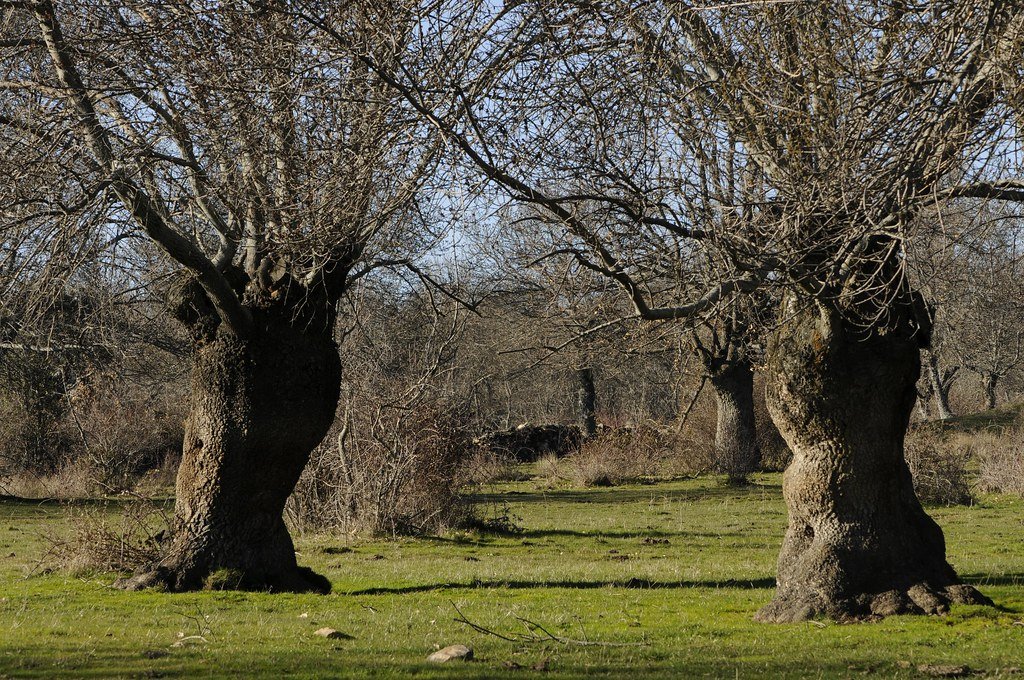There are a number of treatments available for EAB infestation on ash trees. These products can be applied in the spring to the ground around the base of the affected tree. If you have a large ash tree, you may want to hire an arborist to perform the application, as this will ensure the treatment is effective. However, there are many restrictions on the application rates and label requirements. You may want to consider the cost of hiring an arborist before applying any insecticides on your ashes.
Once the ash tree has been identified as a host for EAB, a certified ash tree treatment expert will examine the condition of the tree and recommend the most effective course of action. For light infestation, the most common treatment option is insecticide injection, which is administered through a trunk injection. The injections are designed to kill the larvae in the tree and prevent further infestation by visiting beetles. For severe cases, a more invasive procedure is recommended.

In some cases, the City may require an applicant to pay for the treatment themselves. However, if an ash tree is on your property, the City will allow you to contact a contractor and coordinate the application. Once the treatment is complete, you will have to pay the contractor and coordinate the application. The City will not pay for the treatment, but you will have to bear the cost. Regardless of the method you choose, the aim of ash tree treatment is to extend the life of the tree.
The best way to keep your ash trees healthy is to treat them on a yearly basis. To keep the ash tree pests under control, you must apply the same insecticide on a regular basis. This can last up to two years, which is longer than most other treatments. For severe infestations, a certified arborist in Omaha is your best option. For a safe and effective treatment, contact a Nebraska Arborists Association (NAA)-certified arborist for your neighborhood.
As with any other tree, a tree treatment is not a cure for the disease. To maintain the health of your Ash tree, you must consult a certified arborist before applying any chemical to the affected area. In addition, you can consult a local pest control company to help you choose the best treatment for your ash tree. The Illinois Department of Agriculture has no specific guidelines for the application of these treatments. But if your local forestry department does recommend any treatment, you should seek professional advice before proceeding.
In some areas, ash trees are highly prized for aesthetic and ecological reasons. But if you live in a high-risk area, you must be prepared to lose this valuable asset in just a few years. Fortunately, there are several treatments available to control this pest, which is effective and economical. If you live in an area with high-value ash trees, you may want to consider getting a trap-tree, a low-value charred ash tree girdled with a trap in order to attract the EAB.
